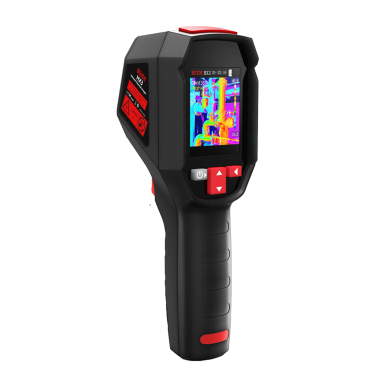
# Ear Thermometers: Accurate and Non-Invasive Temperature Measurement
## Introduction to Ear Thermometers
Ear thermometers, also known as tympanic thermometers, have become increasingly popular in both clinical and home settings for measuring body temperature. These devices offer a quick, accurate, and non-invasive way to monitor temperature, making them particularly useful for children and adults alike.
## How Ear Thermometers Work
Ear thermometers utilize infrared technology to measure the heat emitted by the eardrum and surrounding tissue. The tympanic membrane shares blood supply with the hypothalamus, the body’s temperature control center, making it an excellent indicator of core body temperature.
The thermometer’s probe is gently inserted into the ear canal, where it detects infrared radiation. Advanced models can provide readings in as little as one second, minimizing discomfort for the user.
## Advantages of Ear Thermometers
Speed and Convenience
One of the primary benefits of ear thermometers is their speed. Unlike traditional oral or rectal thermometers that require several minutes to register a temperature, ear thermometers provide results almost instantly.
Non-Invasive Nature
For children who may resist other methods of temperature measurement, ear thermometers offer a less intrusive alternative. There’s no need to keep a thermometer under the tongue or in more sensitive areas.
Hygienic Operation
Most ear thermometers come with disposable probe covers, preventing cross-contamination between users. This feature makes them particularly valuable in medical settings.
## Accuracy Considerations
While ear thermometers are generally accurate when used correctly, several factors can affect their performance:
- Proper positioning in the ear canal
- Earwax buildup
- Recent exposure to extreme temperatures
- Ear infections or abnormalities
For the most accurate readings, it’s essential to follow the manufacturer’s instructions carefully and ensure the thermometer is properly calibrated.
## Choosing the Right Ear Thermometer
When selecting an ear thermometer, consider these features:
Memory Function
Models with memory can store previous readings, helping track temperature patterns over time.
Age-Specific Settings
Some thermometers offer different modes for infants, children, and adults to account for physiological differences.
Backlit Displays
Keyword: Ear Thermometers
A clear, illuminated display makes reading results easier, especially in low-light conditions.
## Proper Usage Tips
To ensure accurate measurements:
- Gently pull the ear upward and backward (for adults) or straight back (for children) to straighten the ear canal
- Insert the probe snugly but not forcefully
- Wait for the thermometer to signal completion
- Clean the probe after each use according to manufacturer guidelines
## Conclusion
Ear thermometers represent a significant advancement in temperature measurement technology, combining accuracy with patient comfort. Their non-invasive nature makes them particularly valuable for pediatric use, while their speed and convenience benefit users of all ages. By understanding proper usage techniques and selecting an appropriate model, you can rely on ear thermometers for consistent, reliable temperature monitoring.